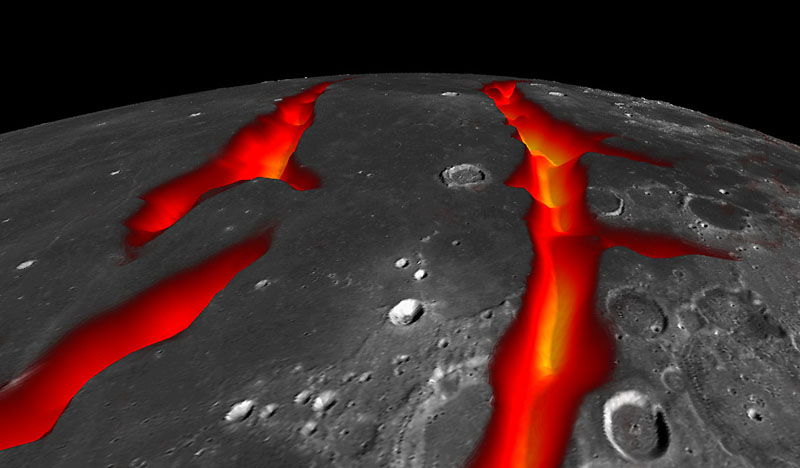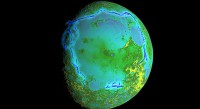A view of Earth’s moon looking south across Oceanus Procellarum, representing how the western border structures may have looked while active. (NASA/Colorado School of Mines/MIT/JPL/GSFC)
Home A view of Earth’s moon looking south across Oceanus Procellarum, representing how the western border structures may have looked while active. (NASA/Colorado School of Mines/MIT/JPL/GSFC) A view of Earth's moon looking south across Oceanus Procellarum, representing how the western border structures may have looked while active. (NASA/Colorado School of Mines/MIT/JPL/GSFC)



